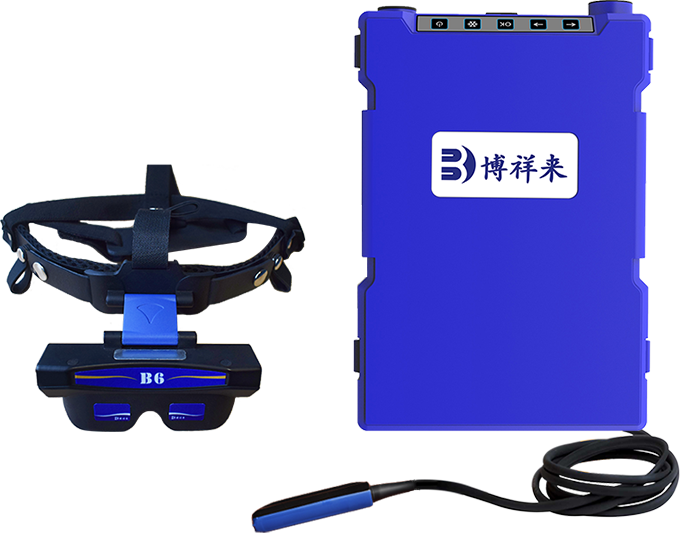Diagnostic ultrasound uses high-frequency sound waves to generate body images. Sound waves with a frequency greater than 20 KHz are classified as high frequencies because they are beyond the range of human hearing. For diagnostic purposes, sound frequencies typically range from 2-10 MHz, but with technological advancements, higher frequency ultrasound is used for diagnosis, and in some centers, frequencies of 15 MHz and above are used for high-resolution operation.

Sound energy is mechanical energy, which means it requires a medium to propagate because it generates physical motion of molecules and particles in the material it propagates through. Sound waves are longitudinal waves, in which particles in the wave travel in the same direction as the wave itself. Each wave has cycles of compression and sparsity. Each wave has a related propagation speed, wavelength, and frequency. Wavelength is the distance traveled in a cycle, which is the distance between the same point in a continuously compressed or sparse region. Frequency is the number of cycles per second, and speed is the distance traveled within a specific time frame, typically one second.
Animal B-ultrasound machine for detecting dogs
Usually, the propagation speed of sound through soft tissue is considered a fairly constant value (approximately 1540 m/s), therefore wavelength and frequency are inversely proportional. This is the foundation of the practical application of ultrasound. Essentially, the higher the frequency of the generated sound waves, the shorter the wavelength of the sound.
The propagation speed of sound through different organizations varies according to their individual characteristics, especially their density. Therefore, although the average sound velocity in soft tissues is 1540 m/s, it is only 4000 m/s through bones and 300 m/s through gases. Therefore, it is evident that the transmission of sound depends on the structure of the medium, and the denser the medium, the faster the transmission.
The basic principle of diagnosing ultrasound with a Veterinary ultrasound machine is that sound waves pass through tissues and are reflected, refracted, or absorbed. The sound waves returning to the ultrasound probe are responsible for generating images. The louder the sound transmitted back to the probe, the brighter the image displayed on the screen (when using B-mode ultrasound). It is important to understand the factors that control the interaction between ultrasound and tissue in order to correctly interpret images. These three processes, reflection, refraction, and absorption, are completely different but interrelated.
Reflection is responsible for generating images, as the reflected ultrasound waves are converted into images when they reach the probe. Reflection depends on the size of the reflection structure and the frequency of the sound wave being discussed. Higher frequency sound waves reflect from smaller structures and decay faster, so higher frequency sound waves are used when imaging more surface structures. When there is a difference in acoustic impedance when waves propagate from one organization to another, as mentioned above, the amount of reflection will be greater, and the remaining waves that need to pass through deeper tissues will be less. This explains the need for good coupling between the probe and the skin surface.
Ultrasound image of canine gallbladder
This ultrasound image shows the edge shadow effect at the edge of the gallbladder, which is caused by the difference in propagation speed of the ultrasound beam in the liquid viscera compared to the propagation speed in the liver parenchyma
tags: Veterinary B-ultrasound machineVeterinary B-ultrasoundveterinary ultrasound machine


